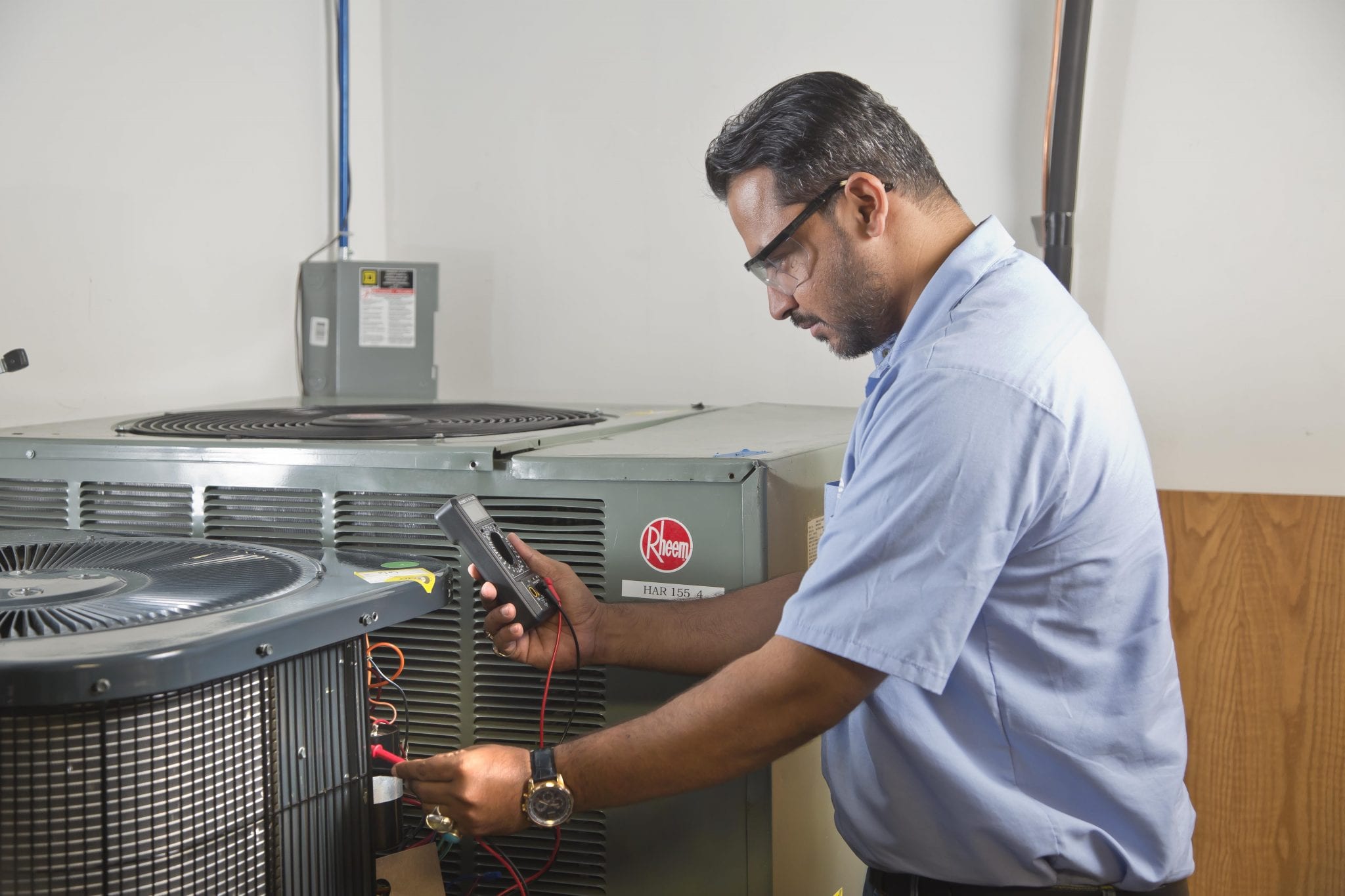

Articles
How To Adjust HVAC Air Flow
Modified: October 27, 2024
Learn how to adjust HVAC air flow with helpful articles. Find step-by-step guides and tips to optimize your system's performance.
(Many of the links in this article redirect to a specific reviewed product. Your purchase of these products through affiliate links helps to generate commission for Storables.com, at no extra cost. Learn more)
Introduction
Welcome to the world of HVAC (Heating, Ventilation, and Air Conditioning) systems! If you’re a homeowner or a renter, chances are you rely on your HVAC system to keep you comfortable throughout the year. However, have you ever noticed uneven air flow in certain rooms or areas of your house? If so, it’s important to understand how to adjust HVAC air flow to ensure optimal comfort and efficiency. In this article, we will explore the basics of HVAC air flow, how to identify air flow issues, and the steps you can take to adjust air flow in your vents.
Having a proper understanding of HVAC air flow is crucial because it directly affects the effectiveness and efficiency of your system. The air flow in your HVAC system refers to the movement of air from the supply vents, through the ducts, and into the rooms in your home. It’s important to have balanced and even air flow throughout your living space to maintain a comfortable temperature and improve indoor air quality.
Uneven air flow can occur due to various reasons, such as improper duct design, blockages in the ducts, closed or blocked vents, or an unbalanced HVAC system. Identifying these air flow issues is the first step towards improving the performance and efficiency of your HVAC system.
Before we dive into adjusting air flow, there are a few tools and materials that you may need. These include a screwdriver, a tape measure, draft stoppers or magnetic vent covers, and a vacuum cleaner. Keep these handy as we go through the steps of adjusting air flow in your vents.
Now, let’s move on to the practical steps you can take to adjust air flow in your vents. Remember, it’s important to follow these steps carefully and make necessary adjustments gradually to avoid damaging your HVAC system.
Key Takeaways:
- Maintaining balanced air flow in your HVAC system is essential for optimal comfort and energy efficiency. By adjusting vents, cleaning the system, and seeking professional help when needed, you can create a more comfortable living environment.
- Regular cleaning and maintenance of your HVAC system are crucial for improving air flow and extending the lifespan of the equipment. By staying proactive and seeking professional assistance when necessary, you can ensure optimal performance and indoor comfort.
Read more: How To Increase Air Flow In HVAC
Understanding HVAC Air Flow
Before we start adjusting air flow in your HVAC system, it’s important to have a basic understanding of how air flows through the system. A typical HVAC system consists of a fan, ductwork, and vents that distribute conditioned air throughout your home.
The air flow in your HVAC system is driven by the fan, which pulls in air from the return vents, filters it, and then pushes it through the ductwork to the supply vents. From there, the conditioned air is distributed into the different rooms or areas of your home.
To maintain balanced air flow, it’s essential to have properly sized ductwork and strategically located supply and return vents. Ductwork that is too small or too large can create pressure imbalances in the system, leading to uneven air flow. Additionally, closed or blocked vents can restrict air flow, causing some rooms to be too hot or too cold.
Another factor that affects air flow is the cleanliness of the system. Over time, dust, debris, and other pollutants can accumulate in the ducts and vents, restricting air flow and decreasing the efficiency of your HVAC system. Regular cleaning and maintenance are vital to ensure optimal air flow and system performance.
Understanding the different components of your HVAC system and how they contribute to air flow is essential for troubleshooting and optimizing air flow. By identifying any issues and making necessary adjustments, you can improve comfort levels and energy efficiency in your home.
Identifying Air Flow Issues
Uneven air flow can occur in various parts of your home, leading to discomfort and inefficiency in your HVAC system. Identifying these air flow issues is the first step towards resolving them. Here are some common signs that indicate air flow issues:
- Temperature variation: Noticeable temperature differences between rooms or areas in your home can indicate uneven air flow. Some rooms may feel too hot while others remain cooler.
- Weak air flow: If you notice weak or reduced air flow coming from specific vents, it can be a sign of blockages or restrictions in the ducts.
- Noisy vents: Unusual whistling or rattling sounds coming from the vents can indicate air flow issues. It may be caused by improper ductwork design or obstructions in the system.
- Rooms that feel stuffy: If certain areas of your home feel stuffy or have poor air quality, it could be due to inadequate air flow or inadequate ventilation.
- Hot or cold spots: Inconsistent temperatures within a room, with one area feeling significantly warmer or cooler than the rest, indicate air flow imbalances.
Taking note of these signs can help you pinpoint the areas where air flow issues are present. It’s important to inspect your HVAC system thoroughly to identify the underlying causes of these problems.
To troubleshoot air flow issues, start by checking the air filters. Dirty or clogged filters can obstruct air flow and reduce efficiency. Replace or clean the filters if necessary. Next, ensure that all supply and return vents are open and unobstructed. Obstructions such as furniture, curtains, or rugs can impede the airflow in a room.
If the air flow issues persist, it may be necessary to inspect the ductwork. Look for any visible signs of damage, such as disconnected or leaking ducts. Additionally, it’s important to check for any blockages or debris that may be obstructing the airflow within the ducts.
If you’re unable to identify or resolve the air flow issues on your own, it may be time to seek professional assistance. HVAC technicians have the expertise and tools to diagnose and fix complex air flow problems. They can conduct a thorough inspection, identify any underlying issues, and provide the necessary repairs or adjustments to restore proper air flow.
Addressing air flow issues in your HVAC system is crucial for maintaining comfort and energy efficiency in your home. By identifying and resolving these issues, you can ensure that every room receives adequate airflow, leading to a more comfortable and pleasant living environment.
Tools and Materials Needed
Adjusting air flow in your HVAC system requires a few essential tools and materials. By having these items on hand, you’ll be prepared to make the necessary adjustments and improve the performance of your system. Here’s a list of the tools and materials you may need:
- Screwdriver: A screwdriver is a versatile tool that may be needed to remove vent covers or adjust damper controls in your vents.
- Tape measure: Having a tape measure will help you accurately measure the dimensions of your vents and ductwork. This information is crucial for making adjustments properly.
- Draft stoppers or magnetic vent covers: These items can help block or redirect air flow in certain vents. They allow you to have more control over the distribution of air throughout your home.
- Vacuum cleaner: Keeping your HVAC system clean is essential for optimal air flow. A vacuum cleaner with a long nozzle attachment can help you remove dust and debris from vents and ducts.
- Flashlight: A flashlight can be useful for inspecting the interior of your ductwork. It can help you identify any blockages or damages that might be affecting air flow.
- Vent deflectors: Vent deflectors are attachments that you can place on top of vents to redirect air flow. They are helpful if you have furniture or other objects obstructing the vents.
Having these tools and materials readily available will make the process of adjusting air flow in your HVAC system much easier and more efficient. Before you begin any adjustments, ensure that you have all the necessary items nearby.
Remember, it’s important to work carefully and gradually when making adjustments to your HVAC system. Making sudden or drastic changes can lead to unintended consequences or damage to the system. If you’re unsure about any steps or encounter any difficulties, it’s always best to seek professional assistance.
Now that you have the tools and materials ready, let’s move on to the steps you can take to adjust air flow in your vents and optimize the performance of your HVAC system.
Check and replace air filters regularly to ensure proper air flow in your HVAC system. Clogged filters can restrict air flow and reduce efficiency.
Adjusting Air Flow in Vents
Adjusting the air flow in your vents is a simple yet effective way to optimize the comfort and efficiency of your HVAC system. By making strategic adjustments, you can ensure that each room receives the right amount of conditioned air. Here are the steps to follow when adjusting air flow in vents:
- Locate the supply vents: Take note of the supply vents in each room or area of your home. These are the vents that supply conditioned air into the room.
- Inspect the vent covers: Check if the vent covers can be adjusted. Some vent covers have adjustable slats that you can open or close to control the direction and intensity of air flow. Use a screwdriver if necessary to adjust the slats.
- Use draft stoppers or magnetic vent covers: If you have rooms that receive too much air flow, consider using draft stoppers or magnetic vent covers to partially block or redirect the air. This can help balance the air flow throughout your home.
- Experiment with vent deflectors: If you have furniture or objects blocking the air flow from certain vents, try using vent deflectors. These attachments can redirect the air flow, allowing it to reach the room more efficiently.
- Close or partially close vents: If you have rooms that are rarely used or need less conditioning, you can close or partially close the vents in those rooms. This will divert more air to other areas of your home that require more cooling or heating.
- Monitor and make adjustments: After making initial adjustments, monitor the air flow in each room and observe the temperature variations. If needed, make further adjustments to achieve a more balanced air flow and consistent temperatures throughout your home.
Remember to make adjustments gradually and carefully. Sudden or drastic changes can disrupt the balance of your HVAC system and cause inefficiencies or discomfort. It’s a good idea to check your HVAC system’s manual or consult with a professional to ensure you’re making adjustments correctly and safely.
Now that you’ve learned how to adjust air flow in your vents, let’s explore the importance of cleaning and maintaining your HVAC system to ensure optimal performance.
Read more: How To Adjust Dampers On HVAC
Cleaning and Maintaining HVAC System
In addition to adjusting air flow, regular cleaning and maintenance of your HVAC system are vital for optimal performance and energy efficiency. Over time, dust, debris, and other pollutants can accumulate in the system, obstructing air flow and decreasing its efficiency. Here are some important tasks to keep your HVAC system clean and well-maintained:
- Change or clean air filters: Air filters trap dust and other particles from entering your HVAC system. Dirty or clogged filters can impede air flow and reduce the system’s efficiency. Check your air filters monthly and replace them if they are dirty. If you have reusable filters, make sure to clean them regularly as instructed by the manufacturer.
- Clean supply and return vents: Regularly clean the supply and return vents throughout your home. Remove any dust or debris that may have accumulated on the vent covers. Use a vacuum cleaner with a brush attachment to clean the vents thoroughly.
- Inspect and clean ductwork: Periodically inspect the ductwork for any visible signs of damage, such as leaks or disconnected sections. Hire a professional duct cleaning service to clean the ducts and remove any accumulated dust, mold, or debris.
- Clean the outdoor unit: If you have an outdoor unit for your HVAC system, make sure to clean it regularly. Clear away any leaves, dirt, or debris that may have built up around the unit. Keep the area around the outdoor unit free from obstruction to ensure proper air flow.
- Check and clean evaporator and condenser coils: The evaporator and condenser coils in your HVAC system can accumulate dirt and debris, hindering the system’s efficiency. Consult with an HVAC professional to safely clean these coils and ensure optimal performance.
- Schedule professional maintenance: Consider scheduling annual maintenance for your HVAC system with a qualified technician. They can thoroughly inspect and service your system, making any necessary adjustments, lubricating moving parts, and identifying potential issues before they turn into major problems.
By regularly cleaning and maintaining your HVAC system, you can improve air flow, extend the lifespan of the equipment, and enhance the overall performance and efficiency of your system. It’s important to stay proactive and diligent with maintenance to prevent costly repairs and ensure the comfort of your home.
While DIY cleaning and maintenance tasks can be done by homeowners, certain tasks may require professional expertise. If you’re unsure or uncomfortable with any aspect of HVAC maintenance, it’s always best to consult with a licensed HVAC technician to ensure the job is done correctly and safely.
Now that you have a better understanding of maintaining your HVAC system, let’s discuss when it’s appropriate to seek professional assistance for more complex air flow issues.
Professional Assistance
While there are several steps you can take to adjust air flow and maintain your HVAC system, some air flow issues may require professional assistance. HVAC technicians have the expertise and tools to diagnose and resolve complex problems efficiently and effectively. Here are some situations where seeking professional assistance is recommended:
- Unresolved air flow issues: If you’ve attempted to adjust air flow in your vents but are still experiencing uneven temperatures or airflow problems, it’s time to enlist the help of a professional. They can perform a thorough inspection of your system, identify underlying issues, and make the necessary adjustments or repairs to restore balanced air flow.
- Severe ductwork issues: If you suspect that your ductwork is damaged, leaking, or improperly designed, it’s best to leave it to the professionals. HVAC technicians have the knowledge and expertise to assess and repair ductwork problems, ensuring optimal air flow and system performance.
- System maintenance and tune-ups: Regular maintenance and tune-ups of your HVAC system are essential to keep it running smoothly and efficiently. HVAC professionals can perform comprehensive maintenance tasks, such as checking electrical connections, lubricating moving parts, and calibrating controls. They can also spot potential issues and fix them before they become major problems.
- Air quality concerns: If you have concerns about indoor air quality, such as excessive dust, allergens, or mold growth, an HVAC technician can assess and improve your system to enhance air filtration and ventilation. They can recommend and install appropriate filters and ventilation systems to ensure clean, healthy indoor air.
- System replacement or upgrade: If your HVAC system is outdated, inefficient, or constantly experiencing problems, it may be time to consider a system replacement or upgrade. HVAC professionals can assess your home’s heating and cooling needs and recommend the most suitable and energy-efficient system for your specific requirements.
Remember, HVAC systems are complex and require specialized knowledge. Attempting complex repairs or adjustments without the necessary expertise can lead to further complications or even damage to the system. It’s always best to consult with a licensed and experienced HVAC technician for any significant air flow issues or system maintenance needs.
By seeking professional assistance when needed, you can ensure the longevity, performance, and efficiency of your HVAC system, ultimately providing optimal comfort and indoor air quality in your home.
Now, let’s conclude our discussion on adjusting HVAC air flow and the importance of proper maintenance.
Conclusion
Adjusting HVAC air flow plays a crucial role in maintaining a comfortable and energy-efficient home. By understanding the basics of air flow, identifying common issues, and following the appropriate steps, you can optimize the performance of your HVAC system. This includes adjusting vents, cleaning and maintaining the system, and seeking professional assistance when needed.
Uneven air flow can lead to temperature variations, weak air flow, and discomfort in different areas of your home. By inspecting and adjusting vent covers, using draft stoppers or vent deflectors, and closing or partially closing vents, you can achieve more balanced air flow throughout your living space.
Regular cleaning and maintenance of your HVAC system are also essential for optimal air flow and energy efficiency. Replace or clean air filters regularly, clean supply and return vents, inspect and clean ductwork, and schedule professional maintenance to keep your system running smoothly and prevent potential issues.
In some cases, professional assistance is necessary to address more complex air flow problems, severe ductwork issues, or for system maintenance, repairs, and replacements. HVAC technicians possess the expertise and tools to diagnose problems accurately and provide effective solutions.
By taking proactive steps to adjust air flow and maintain your HVAC system, you can enhance indoor comfort, improve energy efficiency, and ensure clean and healthy indoor air quality for you and your family.
Remember, when in doubt or unsure about any aspect of HVAC air flow adjustment or maintenance, it’s always best to consult with a licensed HVAC professional. They can offer personalized advice and ensure that the adjustments and maintenance tasks are performed safely and correctly.
Now that you have a better understanding of how to adjust HVAC air flow, take charge of your system, and create a more comfortable and efficient living environment!
Frequently Asked Questions about How To Adjust HVAC Air Flow
Was this page helpful?
At Storables.com, we guarantee accurate and reliable information. Our content, validated by Expert Board Contributors, is crafted following stringent Editorial Policies. We're committed to providing you with well-researched, expert-backed insights for all your informational needs.
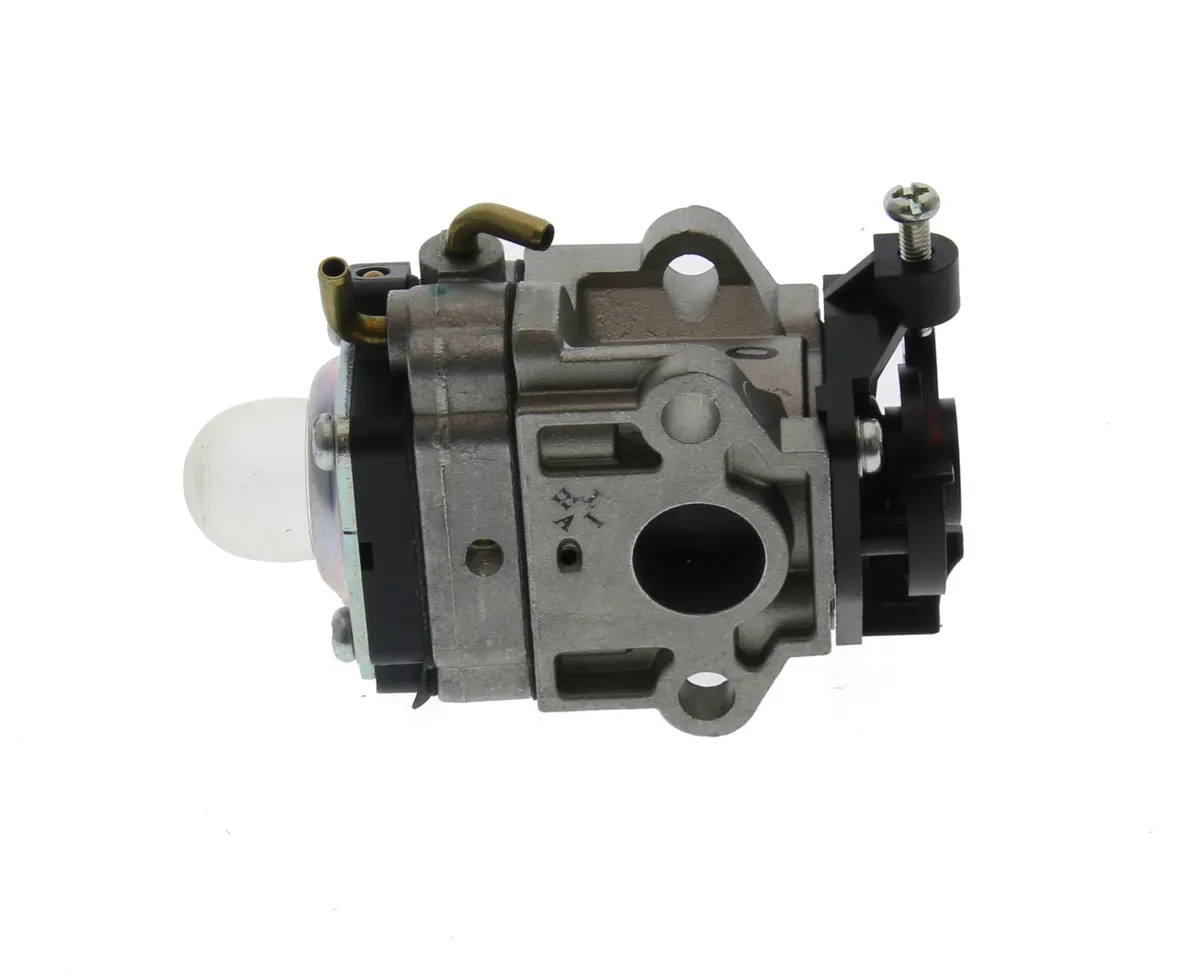
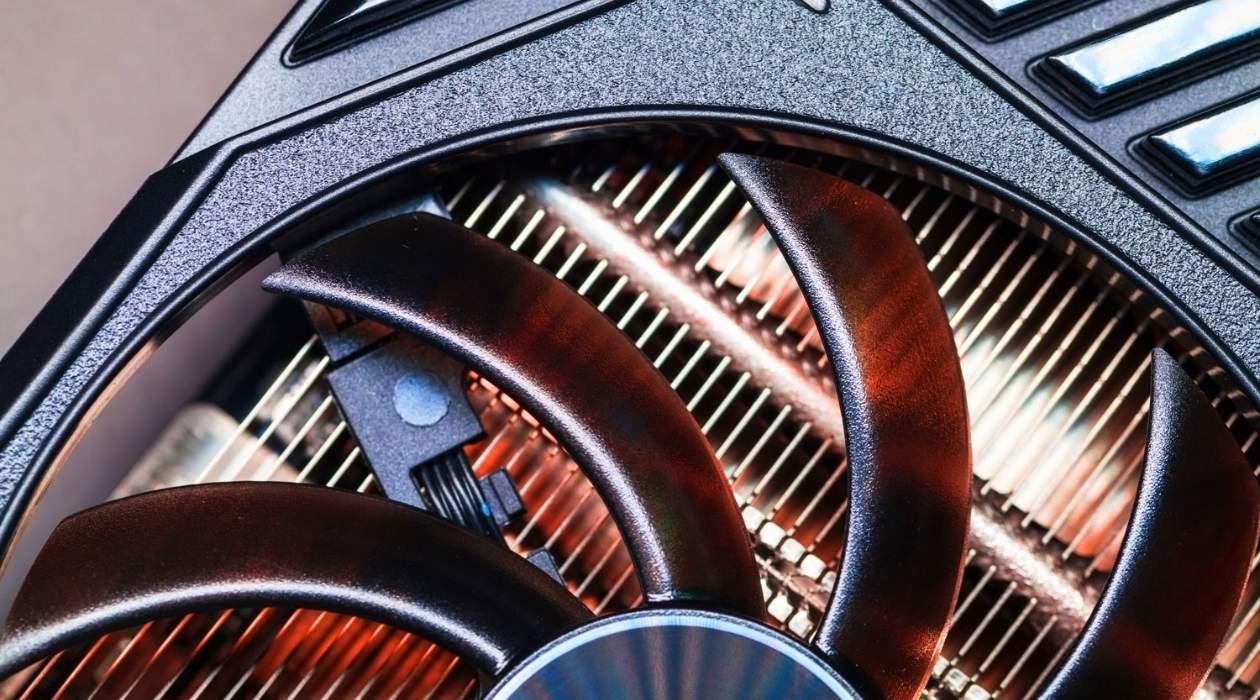
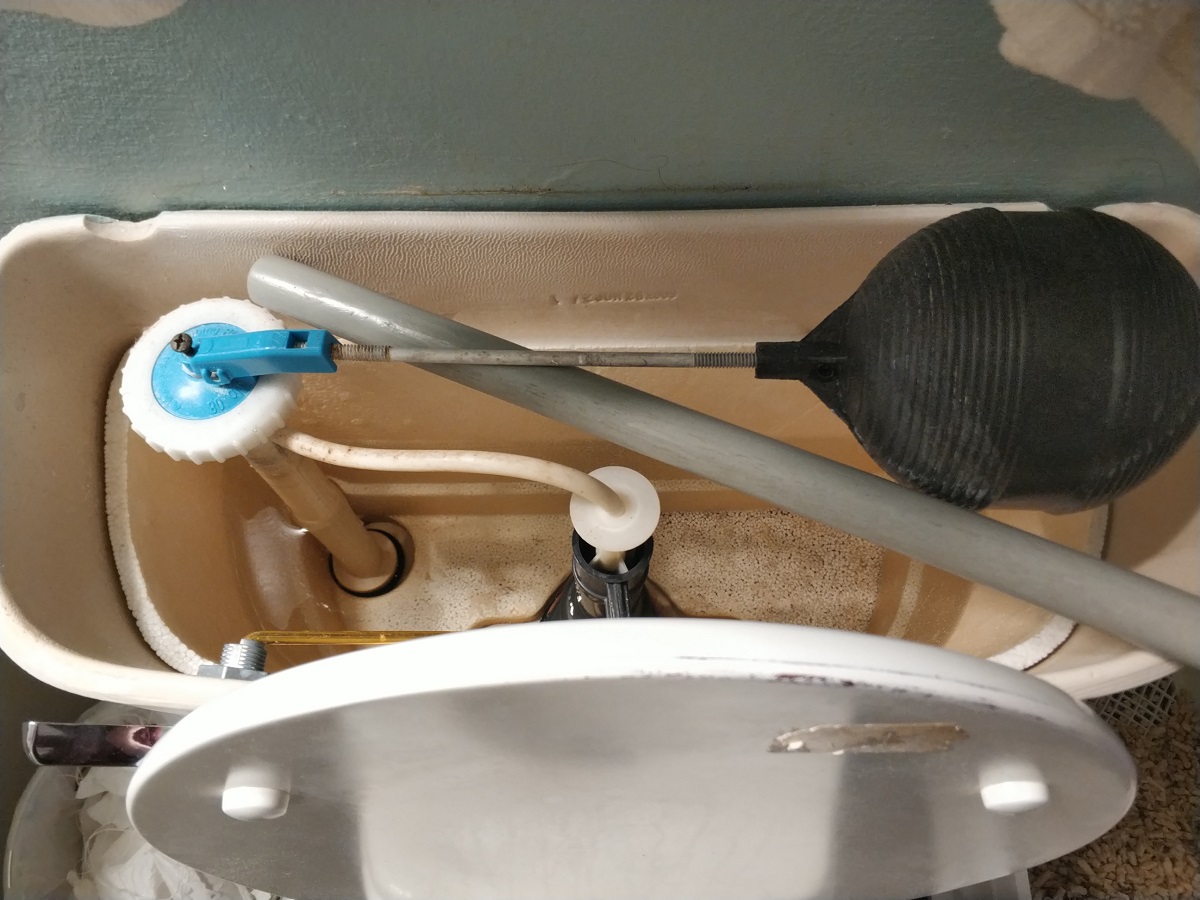
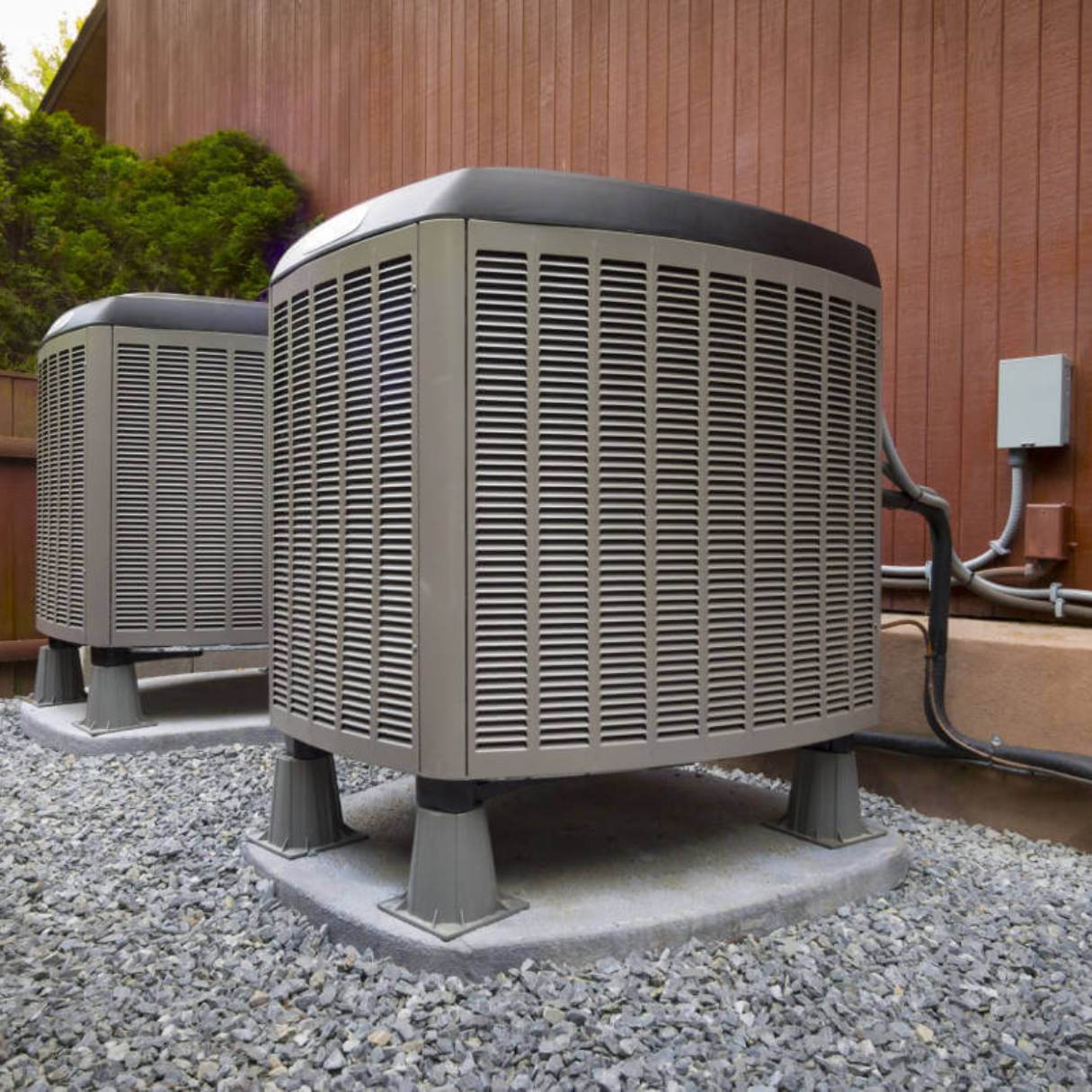
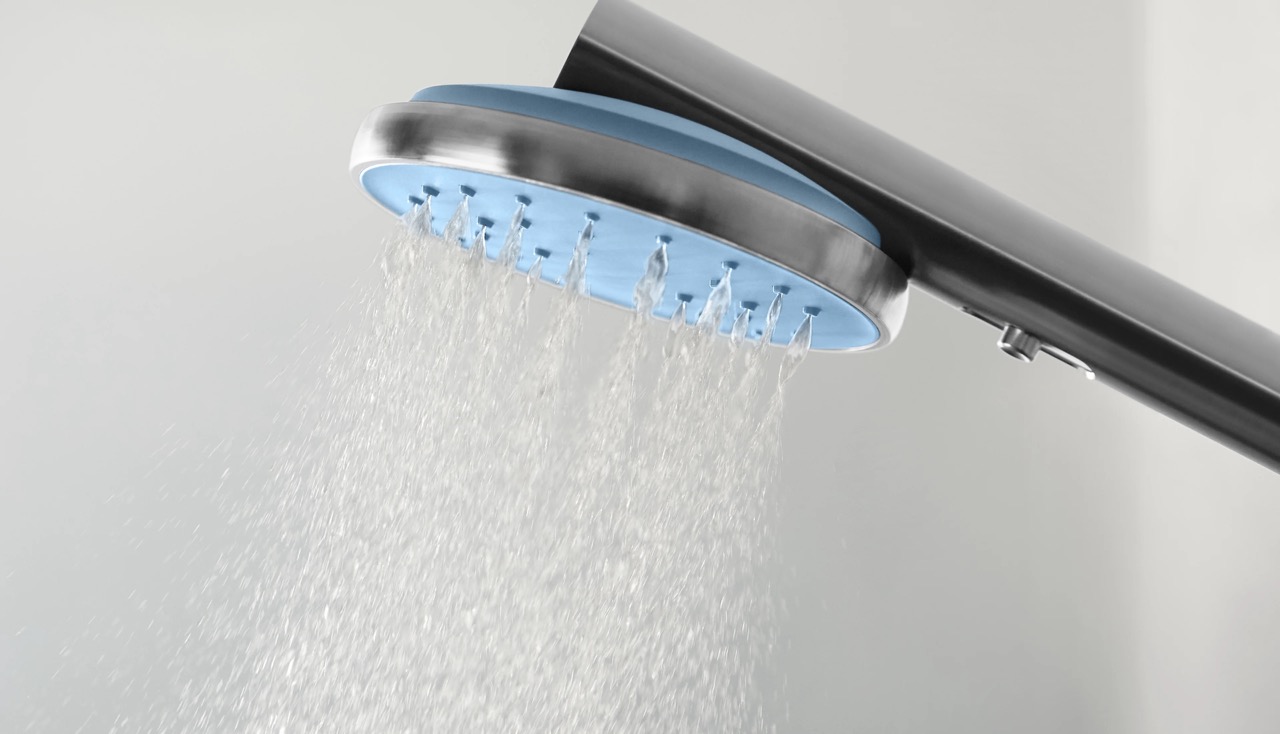
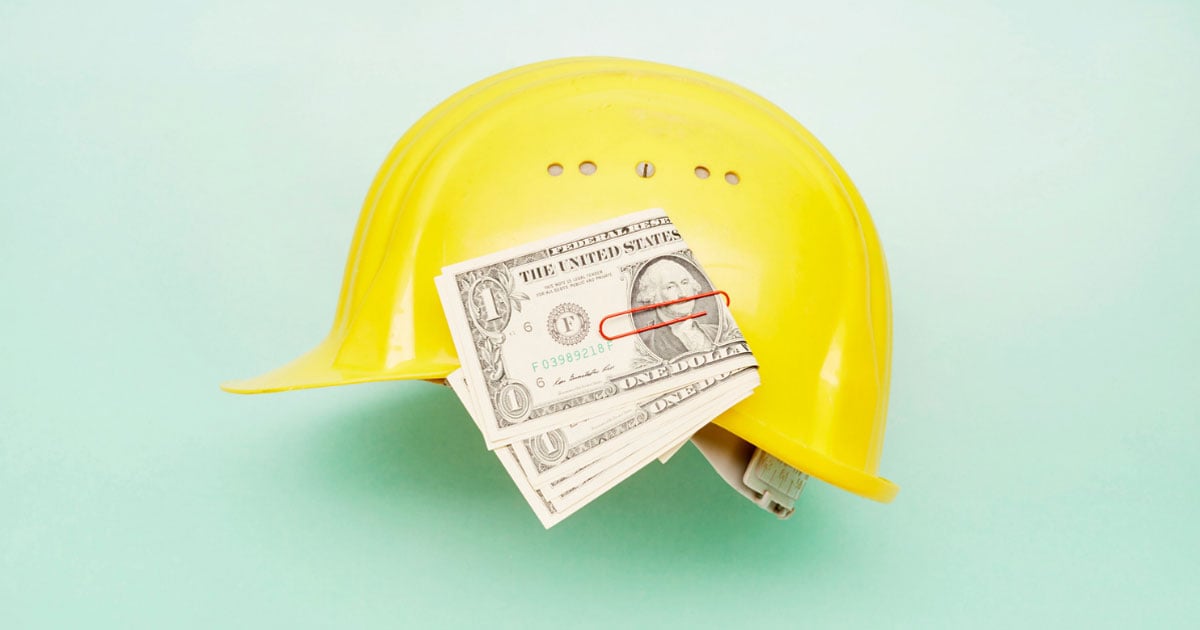
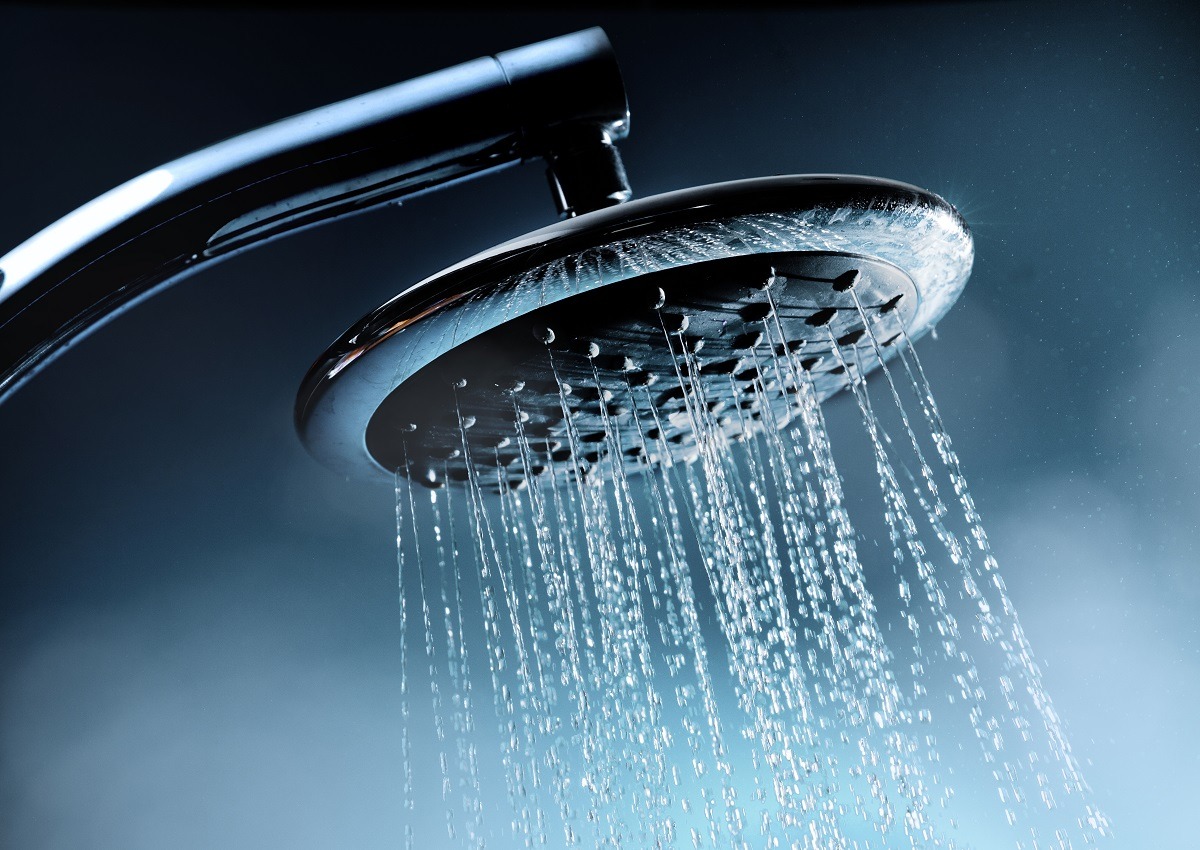
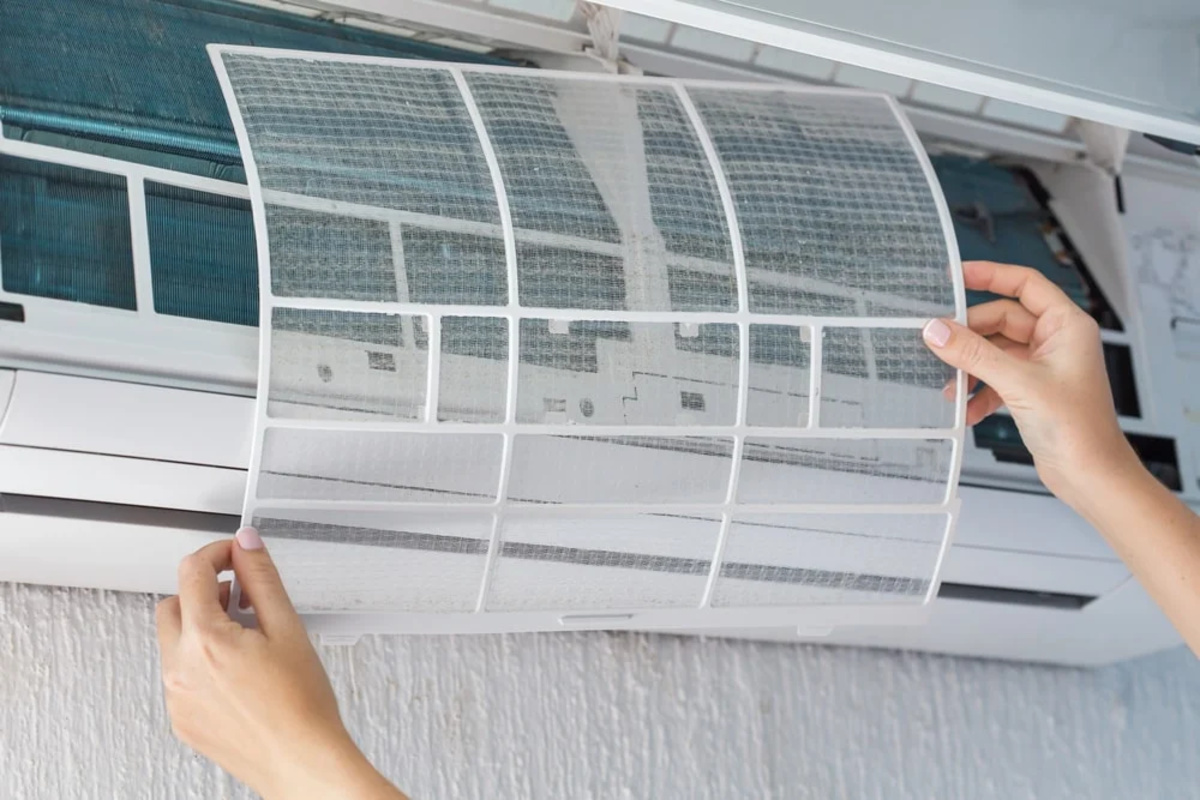
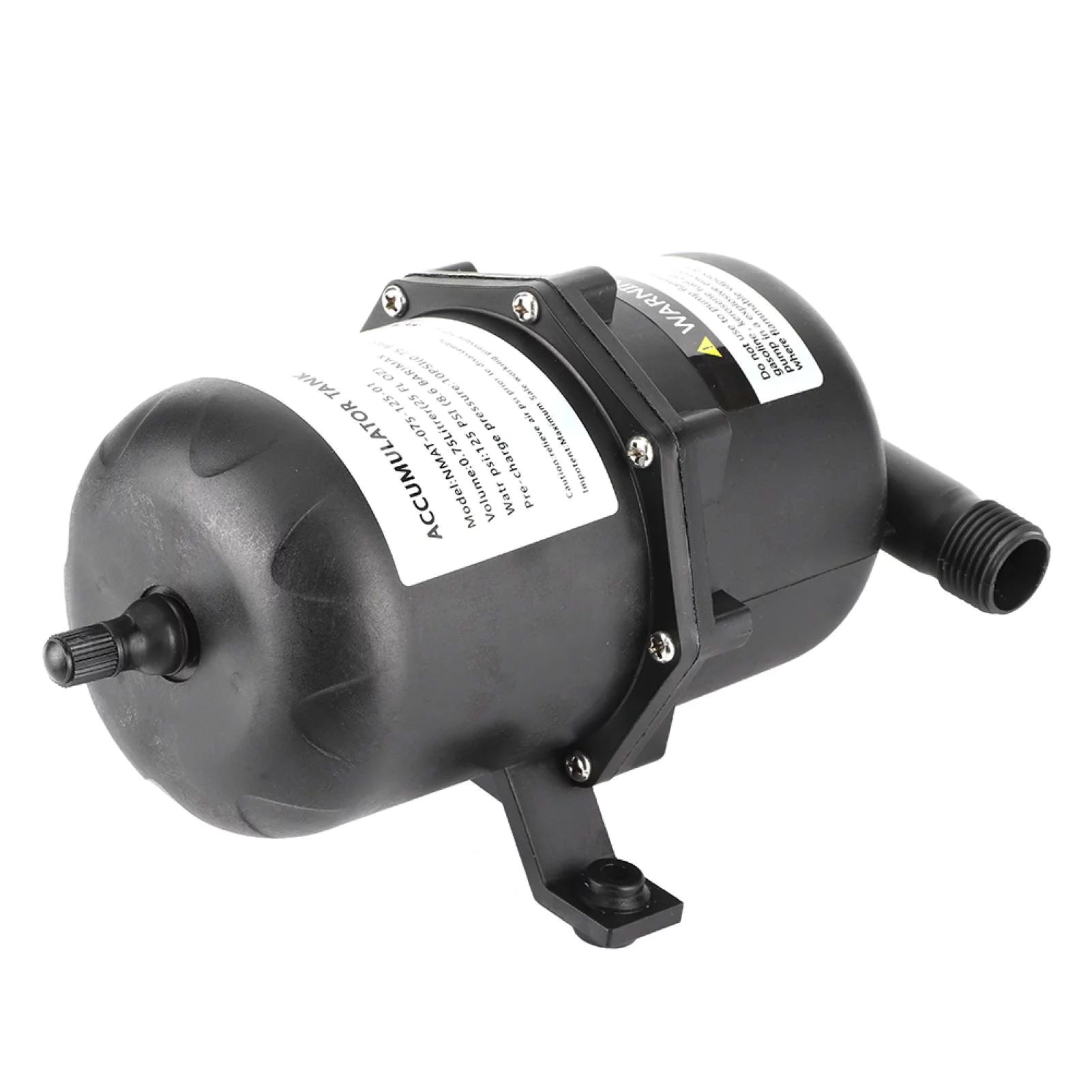
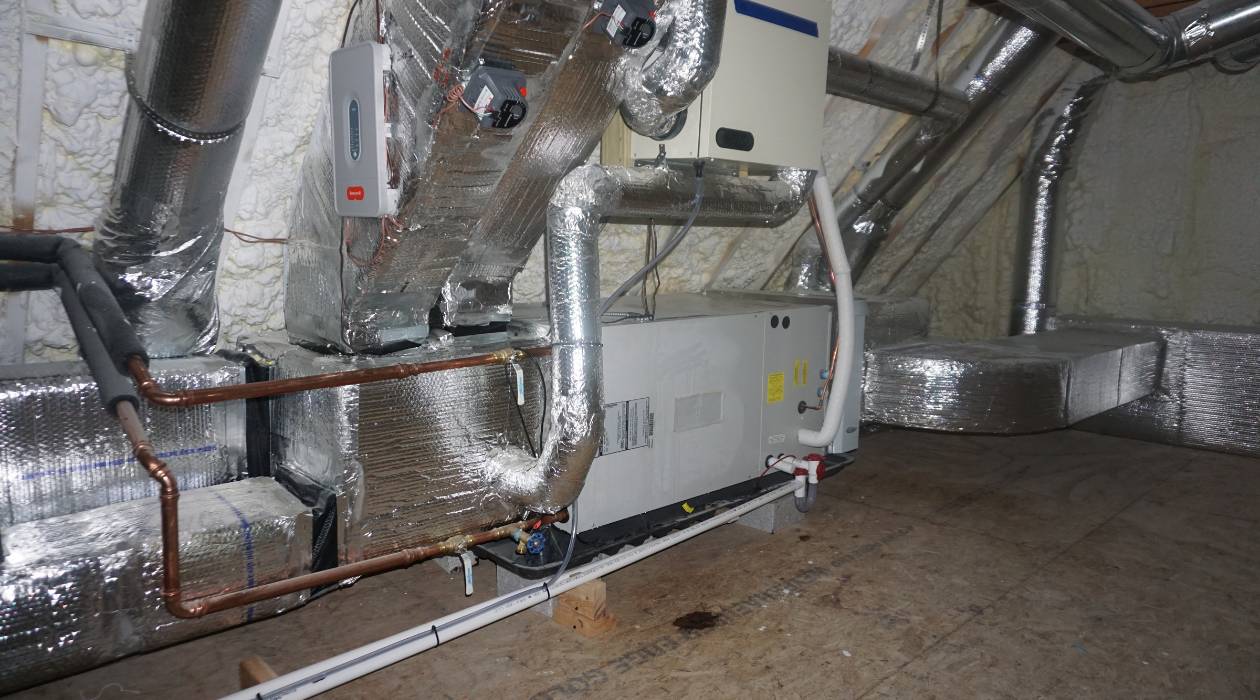
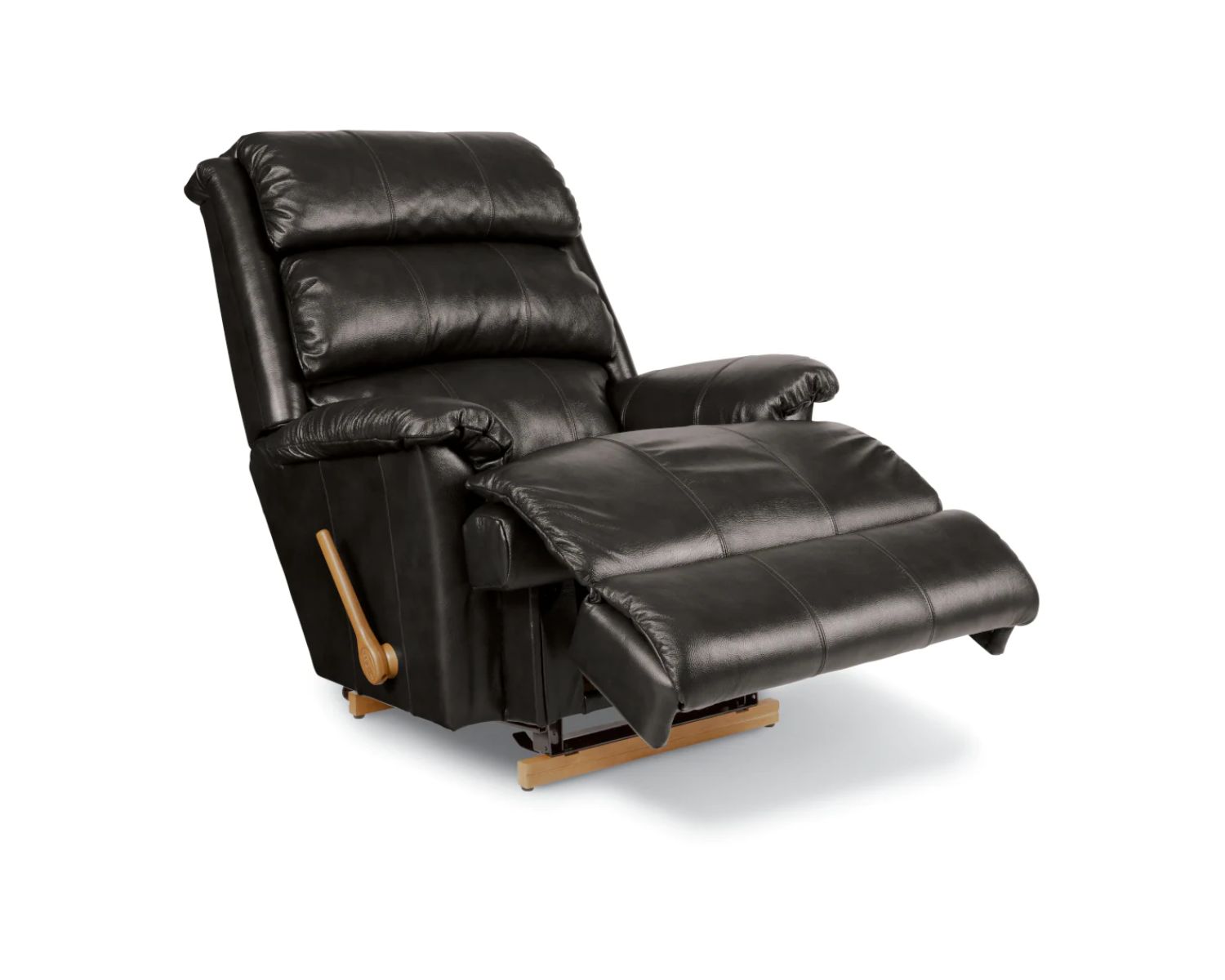
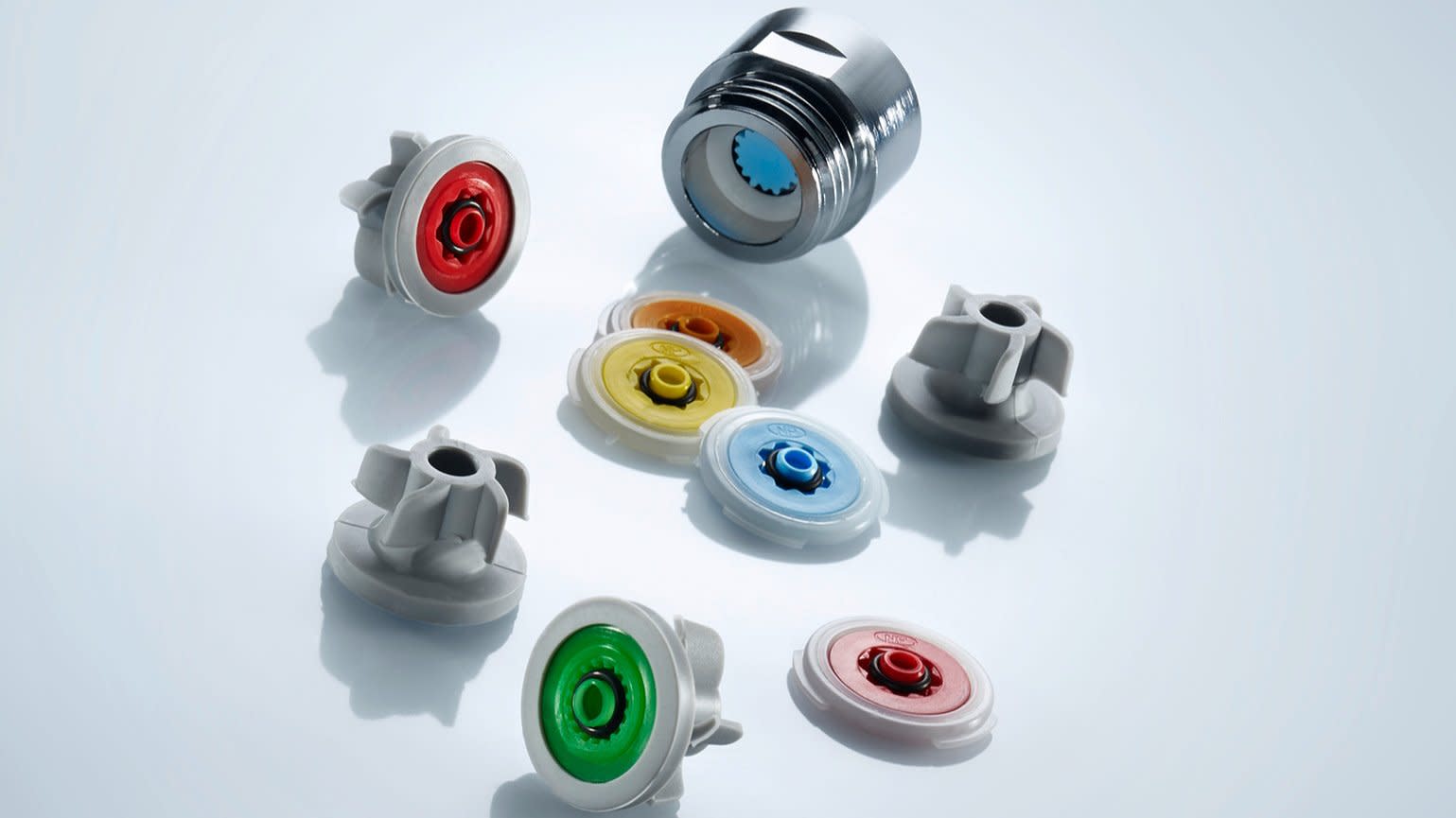

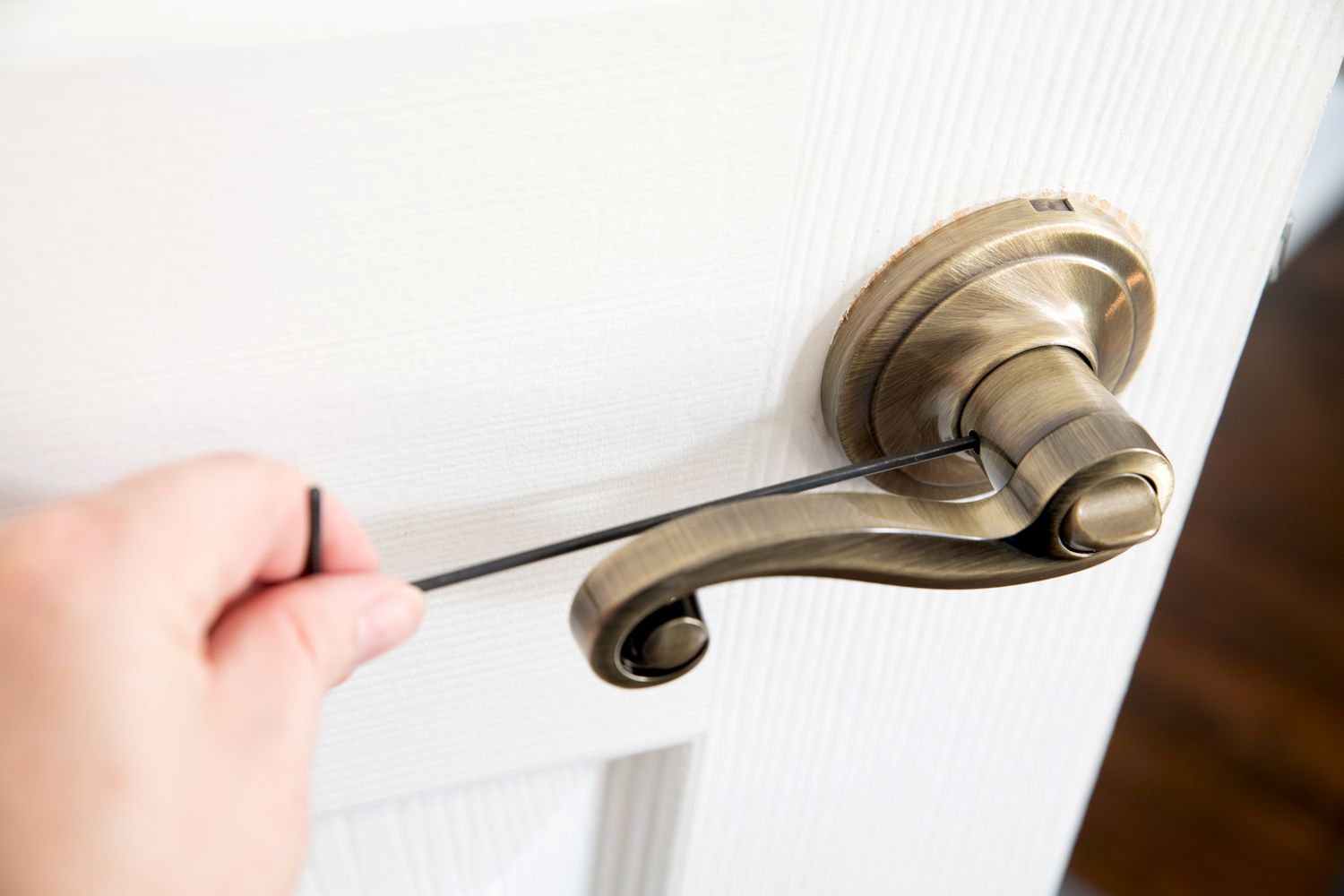

0 thoughts on “How To Adjust HVAC Air Flow”